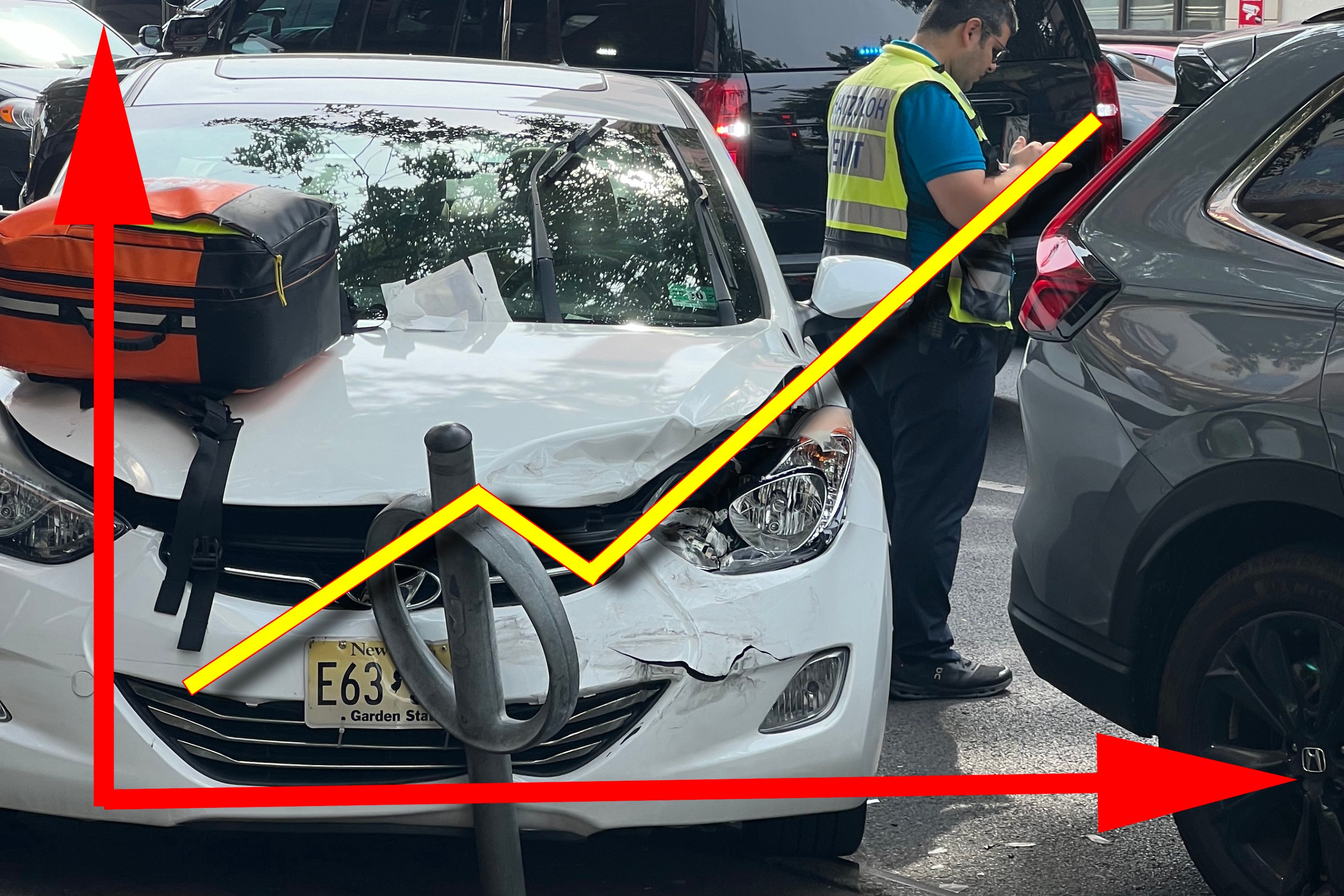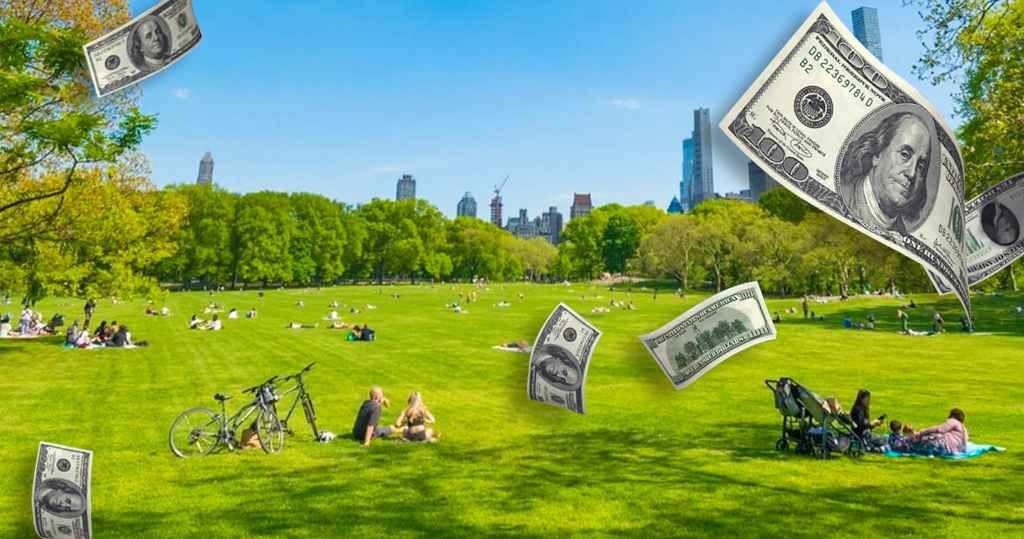The Parking Madness competition has never been fiercer. In yesterday's match-up, Parkersburg, West Virginia, edged Boston by a slim 12 votes, and before that, Amarillo beat out Nashville by just six votes. Your ballot counts.
We have two doozies to feast your eyes on today. The Detroit waterfront is taking on the Bay Area suburb of Walnut Creek, California.
Detroit

Submitter Luke Klipp describes this crater as "a swath of surface parking lining the city's waterfront just east of the Renaissance Center," a cluster of office towers that serve as General Motors HQ.
Klipp says:
Detroit's waterfront is really sad when compared to its Canadian neighbor across the river, Windsor, whose waterfront is 3 miles of uninterrupted parkway. By comparison, Detroit has a couple parks near the Renaissance Center and then lots of parking right up to the waterfront.
For all the wealth generated by GM, its corporate surroundings look incredibly barren. Another view:
Now let's check out the competition.
Walnut Creek, California
This entry comes to us via commenter Claire B, who says:
Walnut Creek, California, is located only 35 minutes from downtown San Francisco by BART (metro). I live in Walnut Creek because my home is 1.5 miles from the BART station but also 0.3 miles from a trailhead accessing 500 miles of dirt trails around Mt. Diablo. Off the photo to the right is the Iron Horse Trail, a 35 mile-long paved separated class I bike/ped facility running north/south. As you can see from the photo, to access the BART station (bottom/left quartile of photo) from the trail (0.7 miles away) one has to pass by or through parking lot after parking lot on a busy road or sidewalk. The city of Walnut Creek could have a bustling people-filled downtown but instead allocates much space to car storage.
This is the second year in a row the area surrounding a BART station has been featured in Parking Madness. Last year, El Cerrito, about 12 miles west, made it to the Elite 8 on much the same argument.
Here's another view of Walnut Creek:
The only question remaining is which landscape represents a more criminal waste of potential? Vote below.








